Top 10 tips: photograph wildlife like a professional with Alex Kydd

Tasmania is known for its natural beauty and those who have been will say it’s one of the best places to find and spot wildlife. But just how do you find and snap Tassie’s most breathtaking animals, surrounded in their natural habitat?
I recently spent two weeks travelling around the island to capture breathtaking shots of Tassie’s wildest wildlife.
Here’s my insider knowledge on where, how and when to seek out the likes of the Tassie devil, little penguin and platypus, just in time for those travelling during Easter holidays.
- Do your research: Tasmania has a lot of locations to cover and a lot of forest. We began planning our trip by searching forums, using Instagram locations and chatting with friends who had visited. Everyone has their favourite location, so map out spots to decide if it will fit the schedule. While people might share a favourite location, part of the adventure is trying to find locations yourself that might not have been recommended before.
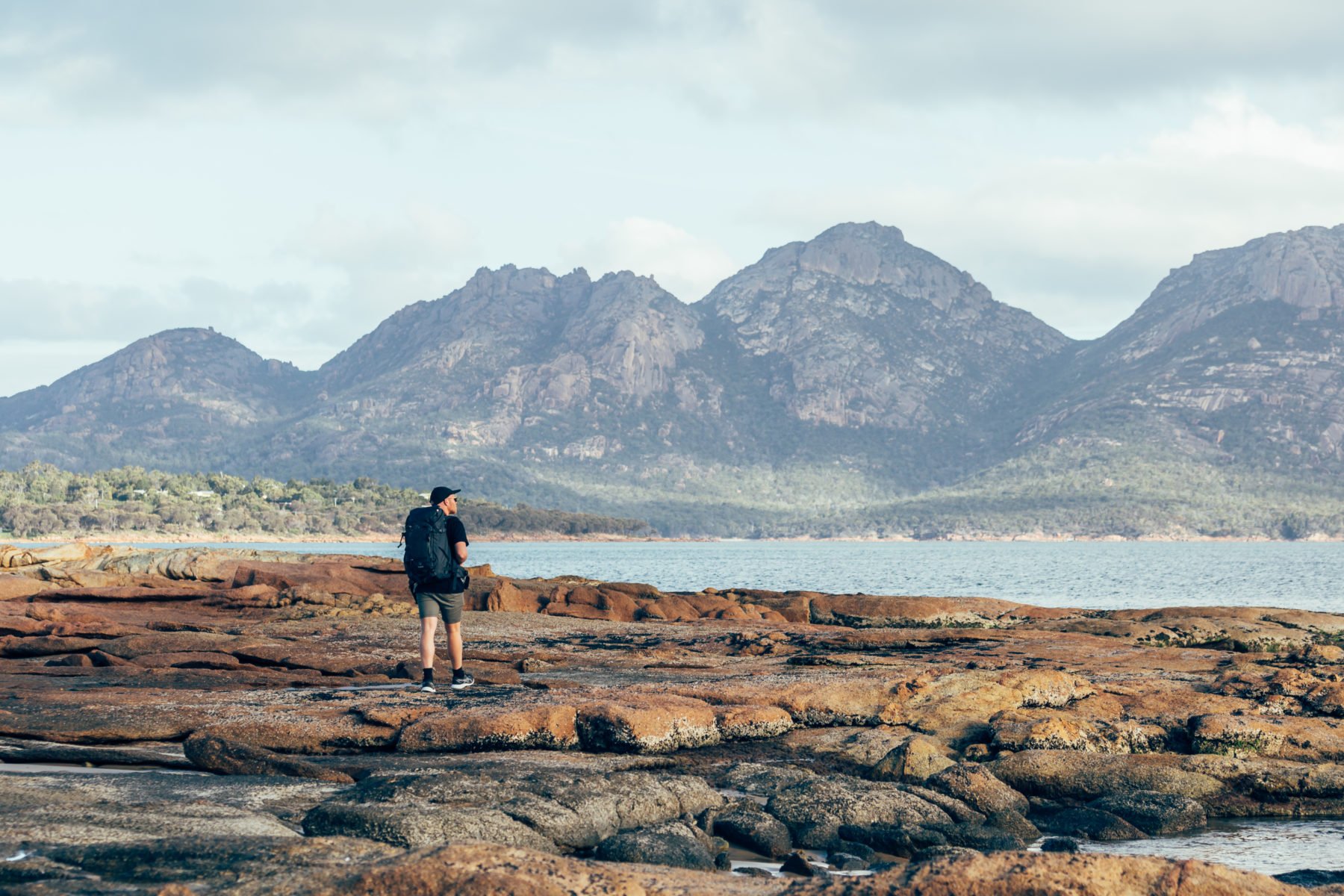
- Surround yourself with native bushland: If camping in the wilderness isn’t for you, book accommodation with native bushland on the property, the more remote the better. We found it common that properties had hectares of native bushland full of wildlife. A useful trick when booking accommodation is to check out TripAdvisor reviews, not to see how comfortable the bed is, but see what others have written about their own wildlife experiences and sightings. Searching keywords such as platypus, devils and quolls is a great way to find out what people had seen and what time of day. If there’s a listing with plenty of good reviews about wildlife, then you’re in luck!
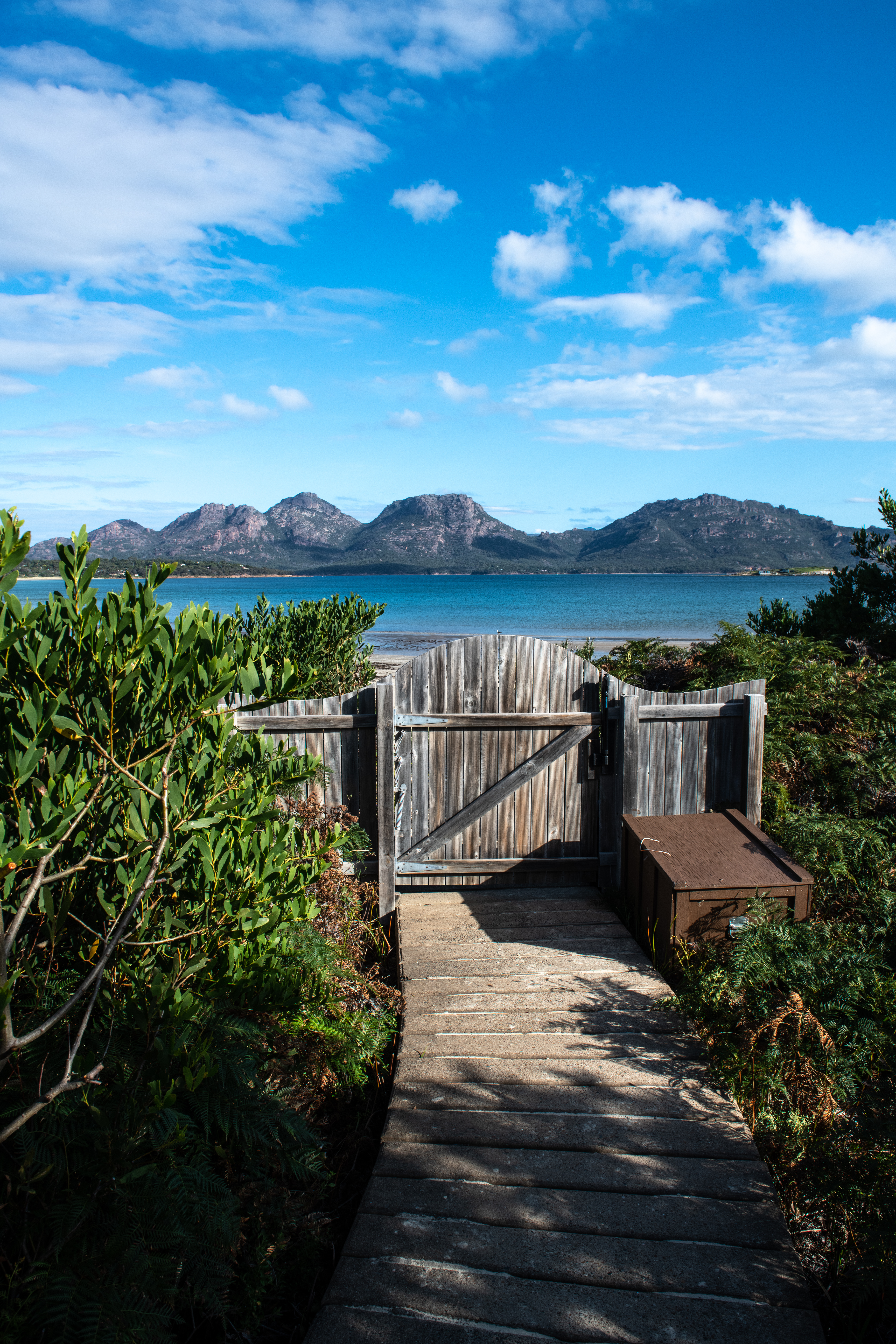
- Take it off road: Often some tracks to remote locations are not always in good condition and require access with a 4WD vehicle. The last thing you want is to head to a location to find that you can’t access it or even worse you end up getting stuck. We were fortunate enough to get access to a Toyota Fortuner Crusade, which was perfect for our trip. A seven-seater 4×4, it allowed us to pack plenty of luggage with our camera and hiking equipment.
- From sunrise to sunset: We spotted an incredible number of animals before sunrise when heading to different photo locations. Sunrise and sunset are the best times to see wildlife as a lot of animals are nocturnal or most active in the early hours and others avoid the hottest parts of the day. An added plus is the golden light, which is great for photography. This is the best chance to see wombats, platypus, echidnas, possums, spotted quolls, pademelons and even the white wallaby! Keep in mind when driving to slow down because a lot of wildlife will jump out on the road, so be very careful.

- Grab yourself a bird book: Tasmania has an incredible variety of birds and 12 endemic species, so one to keep an eye out.
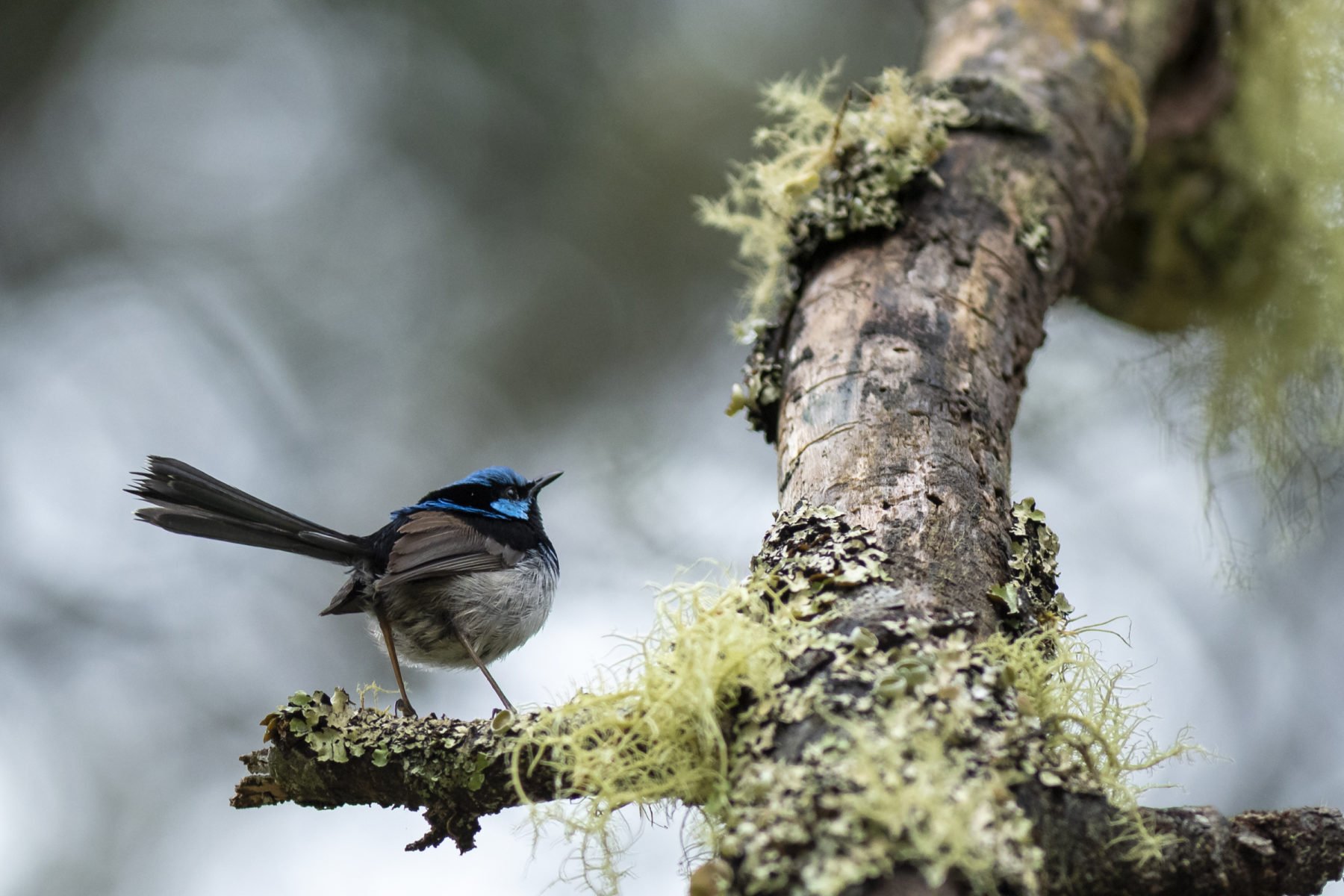
- Stop, look and listen: When hiking, make sure to stop every now and then to have a look around. We always made sure to stop and listen for a little while as often when walking it can scare off shy birds and wildlife that might be close by. Sit down for a while to really notice how much wildlife is around to spot. We found that our best experiences, such as an echidna walking over my foot, was because we sat whilst out in the bush. If you’re a photographer, you know that patience is key!
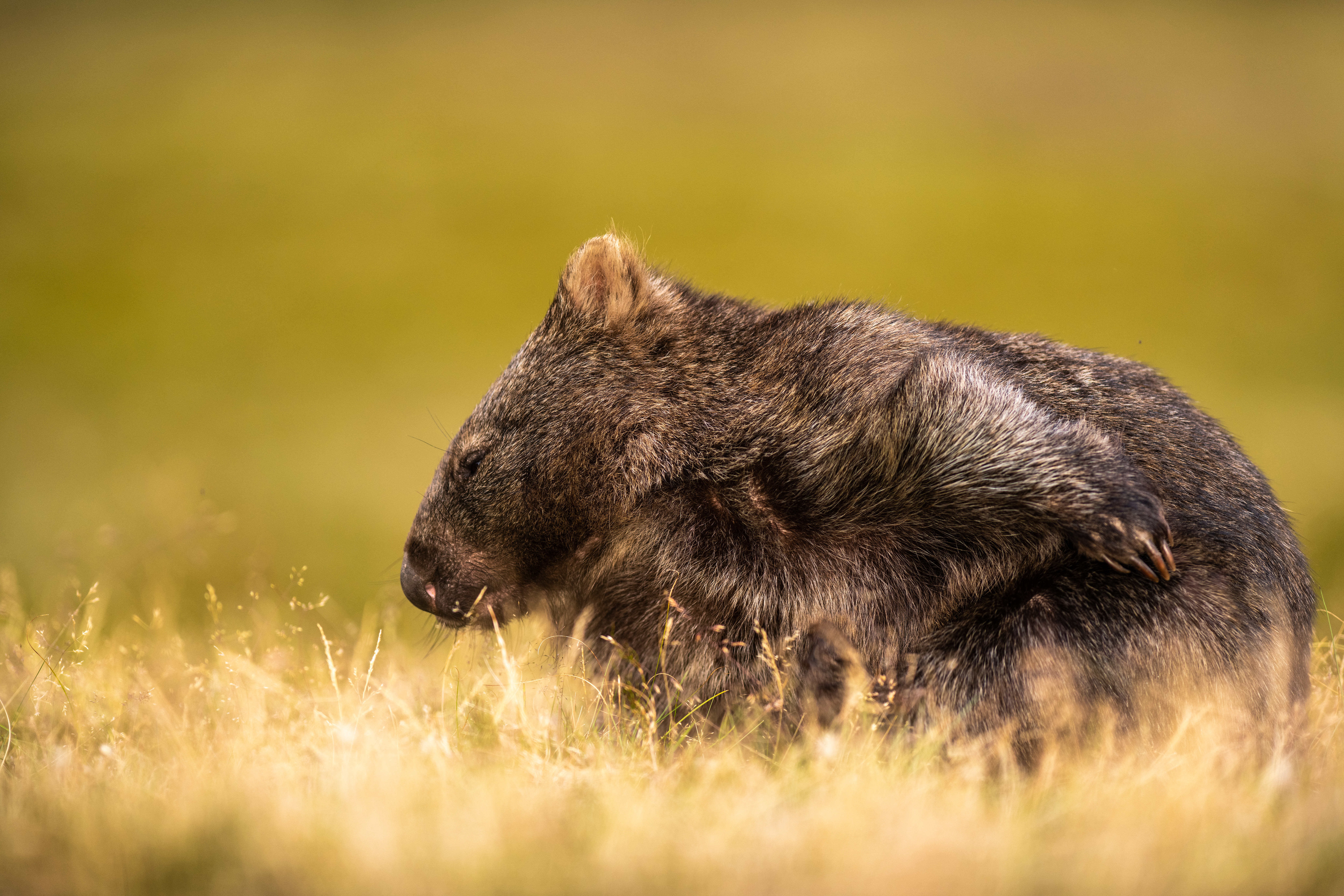
- Be prepared: Pack the right gear for long bush walks. Staying comfortable is key, especially when the duration of the walk could change, as well as the weather.
- Talk to the locals: Whenever we had a chance, we sparked up a conversation about what we were looking for and any tips of places to check out. It’s surprising how much people are willing to share and even point out the best locations on a map. When looking for areas to free dive off the shore we found that locals were the only way of knowing where is best to go. Locals will be about to provide the correct and most useful information when it comes to wind direction, swell and remote locations.
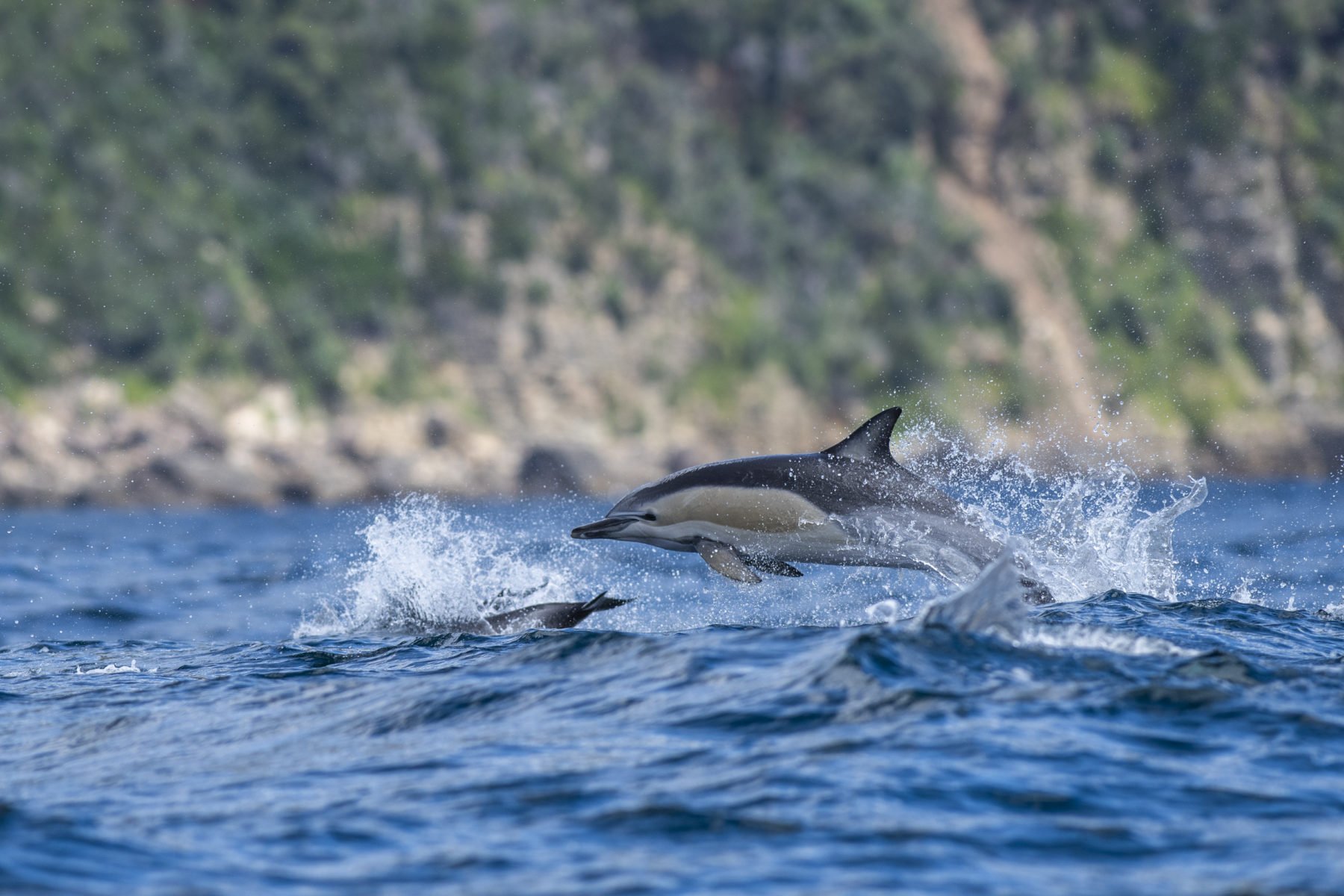
- Ethical Wildlife Tours: When booking a tour, choosing one that is ethical and doesn’t exploit the local wildlife is a great option. Wild Ocean Tasmania was an unbelievable experience. The whole tour is a suitable, carbon off-set and has the animal’s best interest at heart the whole time. They provide the opportunity to interact with long-nose fur seals from a floating platform to minimise splashing as this has proven to not disturb the animals or change their behaviour patterns. It’s also a great way to support the local tourism industry.
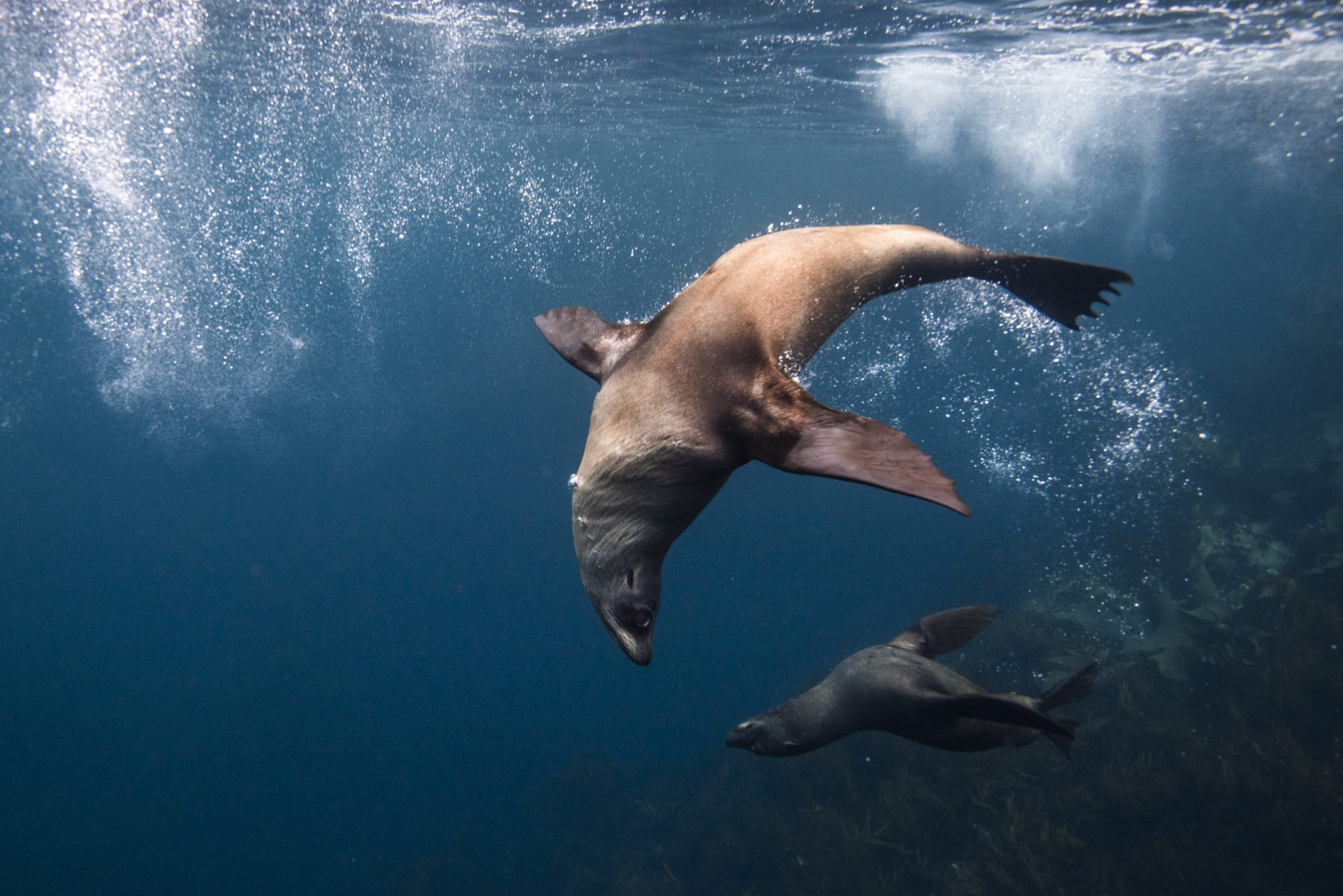
- Don’t rush the trip: If there’s a location that is enjoyable and there’s plenty of wildlife, then sometimes it’s better to stay. Booking too many locations, will means spending half the trip on the road.
When we booked Bruny Island, we had only booked two nights. On the day we arrived we knew two days weren’t enough. Bruny Island is an incredible destination to see endemic birds and wildlife. We ended up extending our stay and it was one of our best decisions. We got to explore a whole different side to the island and had the opportunity to see the rare white wallaby, an animal that we both desperately wanted to photograph.
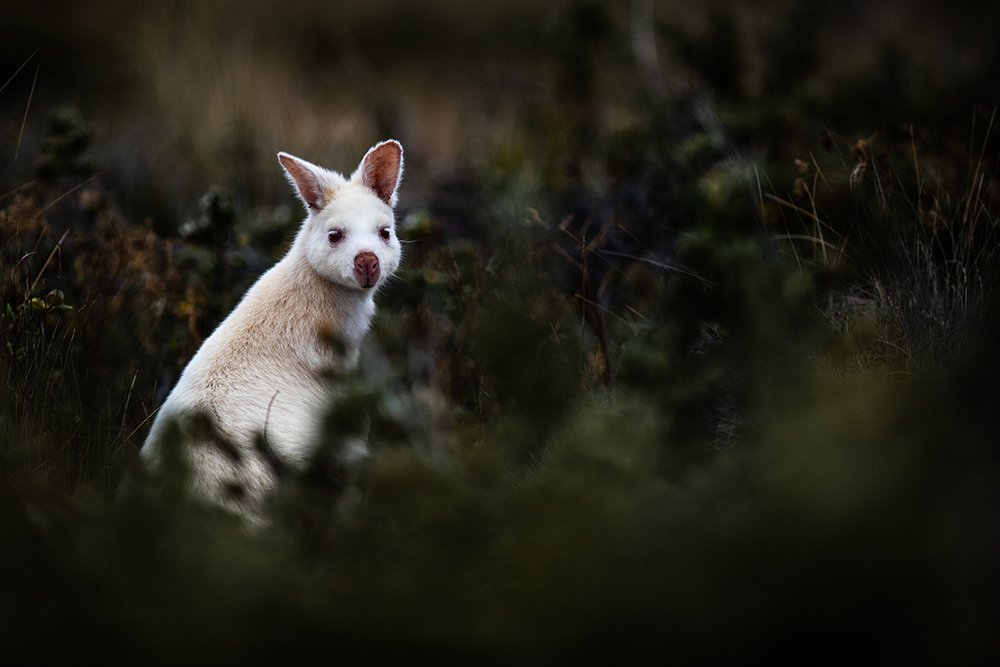
It’s now easier than ever for Aussies to travel to Tasmania by car as from March until June, Spirit of Tasmania ferry passengers can take their car at no charge, meaning now is the perfect time to drive down to Tasmania and discover what the state has to offer.
Follow Alex’s behind the scenes journey around Tasmania via Instagram.

